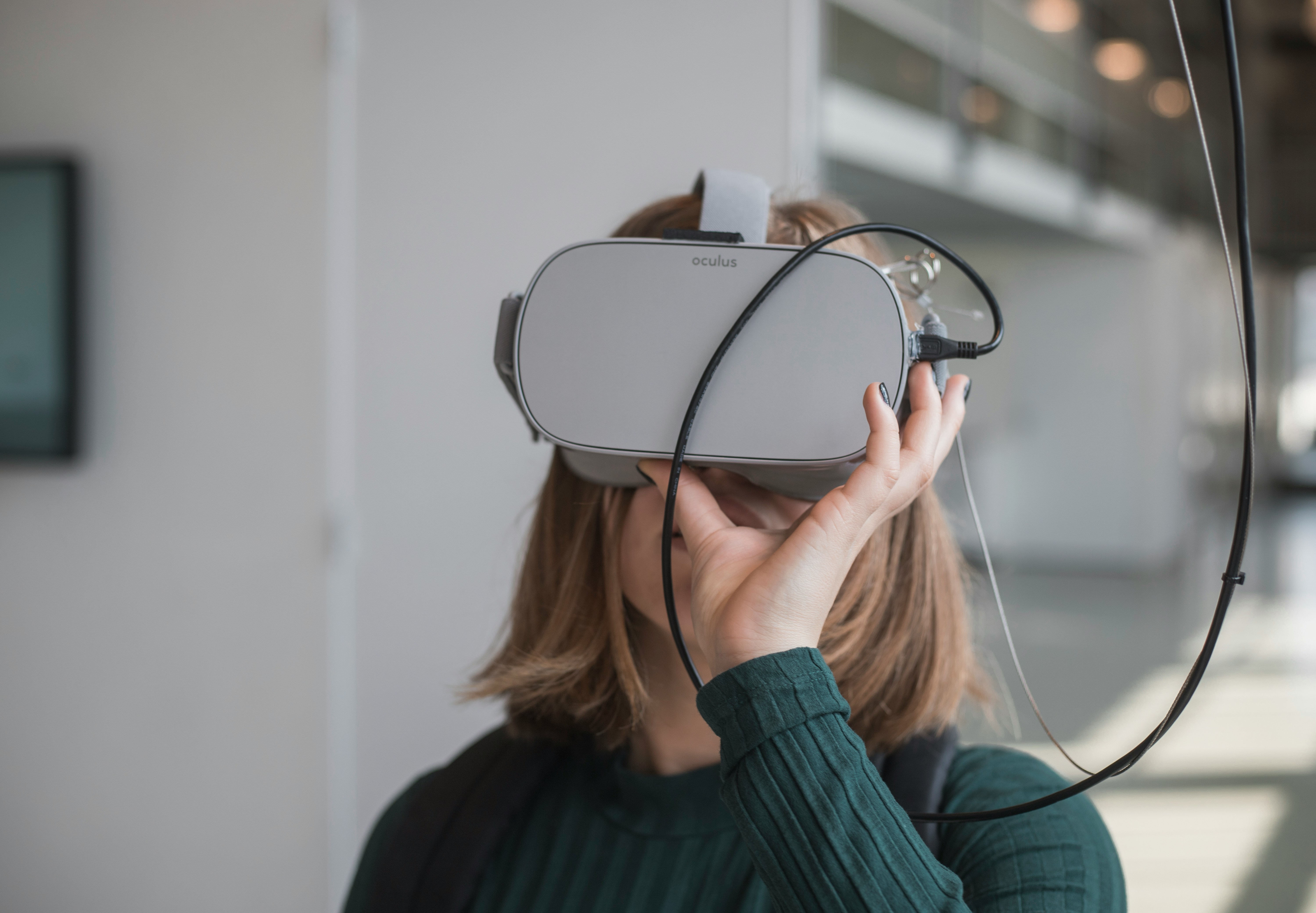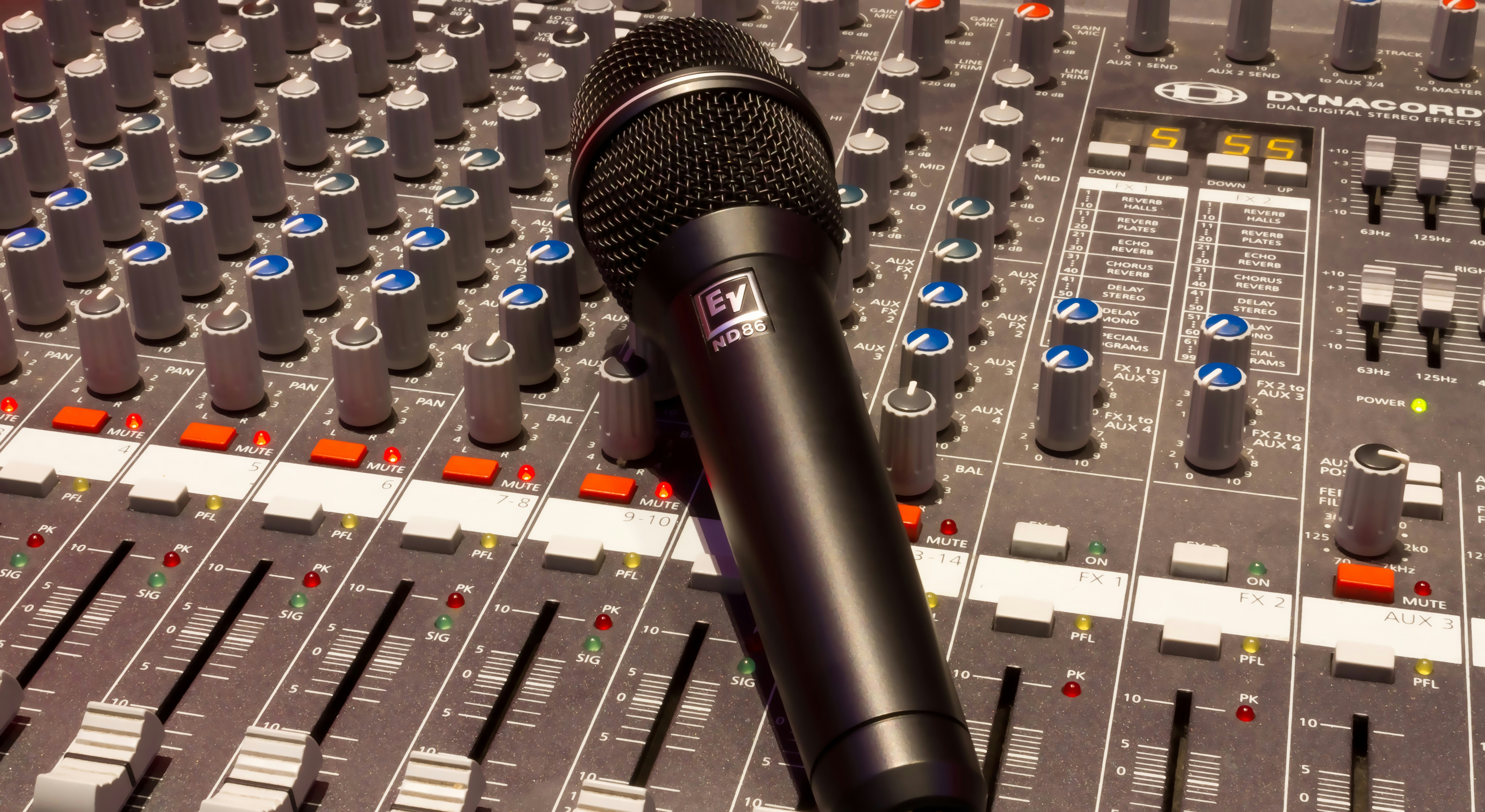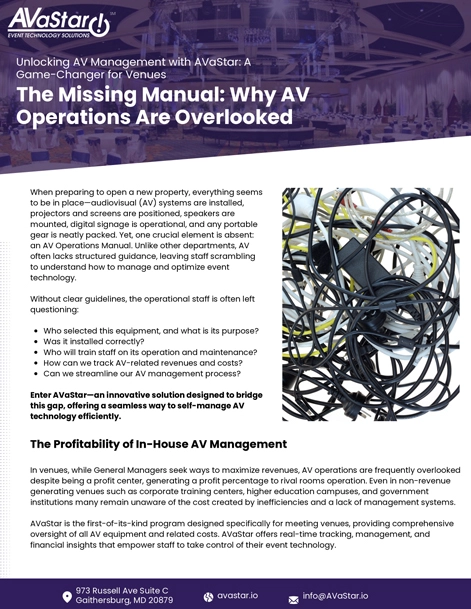5 Top Problems with Un-Managed AV Services
A new hybrid SaaS solution is coming that will serve as the next generation of managed AV services
By Jeff Loether
Technology is driving all aspects of our lives. In the meeting s environment, it is playing a role more important than ever before. Just look at AAA ’s new Diamond Rating Guidelines for Lodging; the better the event technology, the higher the Diamond Rating AAA will bestow. To be ranked as a four diamond “Refined” hotel , a property must have an “ample variety of meeting rooms ” with the “latest technology.” To receive a five diamond “Ultimate Luxury” designation, the criteria isn’t much different for the event space – there needs to be an “ample variety of meeting rooms” that are “luxuriously appointed” with a “leading - edge effect” and have the “latest technology.”
While this seems straight forward, I wonder what AAA considers to be the “latest technology ?” Can a hotel that bring s in portable equipment on carts and tapes cables across the floor achieve a AAA 4 - Diamond Rating ? Or, must the equipment be a permanent fixture in the hotel and supported by knowledgeable staff ?
While outsourcing to a third - party AV provider can be an efficient means of providing services, for many private and institutional venue operators, self - operation is the only option because there is no revenue stream to attract an outside technology company. There are global, national, regional and local options for outsourcing AV service operation to rental companies, there are no support services, programs or platforms for those venues that choose to self operate. That means facility staff are on their own to figure out how to predict, prevent, and troubleshoot audiovisual problems when they arise. This also means hotels will be using in - house staff – employees who most likely have another primary job responsibility and who have no AV experience – to manage the event technology process and coordinate equipment rental, set up and servicing.
5 Top Problems with Un-Managed AV Services
As someone who has worked in the event technology field for nearly 30 years (from concept through design, to construction, commissioning, and operations), I have spent my career helping hoteliers and conference center operators understand what it means to have the “latest technology” in the event space. Over the years I have identified technology inefficiencies, conflicting interests, and process gaps that increase construction and maintenance costs for venues, and these problems typically result in substantial revenue losses
Here are 5 top problems that operators of hotels and conference centers are facing when it comes to managing AV technology in the event space
1. Eroding AV Revenue and Margins: The cost of labor has been rising for both hotels and out - sourced services companies. Recent industry consolidation has reduced competition and attempts to recover lost margins has caused the revenue threshold for profitable out - sourcing to rise. Outsourced AV services companies can barely make a business case for venues that generate less than $ 1 million in AV rental revenue, annually.
In response to the increasing charges for AV services, many event planners are self - provisioning by bringing AV equipment with them, even though they don’t know how to operate it. Then, they need support and services from the hotel to connect th is equipment to power, the WiFi infrastructure and other services. This is a difficult situation for venue staff since an AV failure still reflects on the hotel from the guests’ perspective, not on the meeting planner. Some hotels are even implementing a “corkage” charge for self - provisioned equipment.
This shifting threshold problem also leaves smaller and mid - sized hotels and conference centers having to consider paying for the outsourced AV services instead of sharing in the AV rental revenue. Whereas they used to keep 100% of the AV rental revenue, now they are faced with making up monthly minimum payments to the AV services company.
2. Challenging AV Finances: Historically, “installed” AV equipment is considered part of the building’s fixed equipment. Earlier generations of analog AV equipment were big, expensive, and built into the building like plumbing and furnaces. Today’s digital equipment , however, is much smaller and far easier to install. Much of the digital processed and controlled AV equipment is more like computers and phone systems than the older analog AV equipment.
The cost burden of installed AV equipment is still carried in the construction and maintenance budgets of the facility owner and operator. When upgrades or renovations are needed, these compete against other building systems such as roofing, carpet, furnishing, etc. Decisions are typically made using criteria that do not consider the revenue generated by the AV systems, or the quality of the meeting experience. The result is the deterioration of built - in systems due to lack of prioritization and equipment becoming outdated. The venue resorts to using portable, rented equipment at a high cost, not to mention its negative aesthetics generate complaints from meeting planners and event attendees.
3. No AV Services Business Model: There is no template, system or organized support for venues that want to self - operate their AV systems. For hotel brands and facility management companies, the challenge is how to hire, support, and evaluate AV technicians whose unique skills do not fit into any of the other departments (for example: F&B, IT, rooms, FM, etc.) since AV Services are unique in many ways. And while public and private sector facilities have a need for meeting and event technology education, there are no organized resources to provide it.
4. Portable AV equipment: The deterioration of built in AV systems results in the prolific use of portable AV equipment. Out - source d AV services companies rely almost exclusively on portable equipment for many reasons. The time to setup and adjust the portable AV equipment, and then to remove and put away the equipment after the meeting drives - up labor costs and makes quick - turning of rooms difficult. Portable equipment requires storage, and the physical moving of the equipment shortens service life, increases maintenance costs, and is less reliable than built - in systems due to potential human error during setups . Additionally, portable equipment is more subject to theft and tampering, and often requires the room to be setup around the equipment in less than ideal arrangements. Cables taped across the floor to service the portable equipment is one of the most mentioned complaints of meeting planners and guests.
5. No Industry Education: The AV industry trade associations do not support end users since they do not want to tamper with the relationships between their paying members (equipment manufacturers and dealers) and the members’ customers (end users). There are no tech school courses being taught on how to setup, run, or manage AV systems or departments. The only way to learn is to work in an AV rental company or facility’s AV department. Herein lies the opportunity to make a difference
Coming Soon: A Hybrid SaaS Solution + Better Meetings Institute
The Software - as - a - Service (SaaS) model is flourishing in hospitality. Historically, the legacy model was for the building owner to purchase equipment, have it installed, and operate and maintain the systems themselves. As out - sourcing resources for IT systems became more popular, the idea of bundling equipment along with the services crea ted this “SaaS” model .
Next month at HITEC, technology aficionados will be introduced to a new hybrid SaaS solution that will serve as the “Next Generation of Managed AV Services.” It will enable venues to self - operate quality, built - in basic AV equipment that requires less labor and is easy for in - house staff to use. The venue can build the cost for this tool into its general room fees or charge separately, but in either case, they are driving revenue. Better yet, funding options will be available to enable venues to get the equipment and services they need without having to dig into CapEx funds. There are even plans that permit the facility to “skip” up to three monthly lease payments per year during slow seasons.
Also at HITEC . . . a new educational institute will emerge that will spark better meetings by providing basic and advanced training on event technologies. Using short single - topic videos, facility staff can learn incrementally and access modules when needed; just - in - time learning. This basic and advanced training is designed to apply to technicians - in - training for hotels, conference centers, schools, and corporate facilities.
Pre - HITEC, Self - Audit Questionnaire
If you’re unsure whether self - operating your AV services is the right choice for your venue, then come to HITEC, June 18 to 21, at the George R. Brown Convention Center in Houston. A “Self - Audit Questionnaire” will be available to attendees on June 5 to help operators answer this important AV service management question. To receive the Self - Audit Questionnaire, email info@avastar.io
About Jeff Loether
Jeff Loether is president and founder of EMD, Ltd., an Audio Visual systems design and Acoustical consultation group with expertise in audio, video, control, and related presentation, entertainment, and communications technologies. Loether is the 2018 recipient of the Mel Hosansky Award for Distinguished Service presented by IACC, formerly known as the International Association of Conference Centers.
‹ Back










Comments